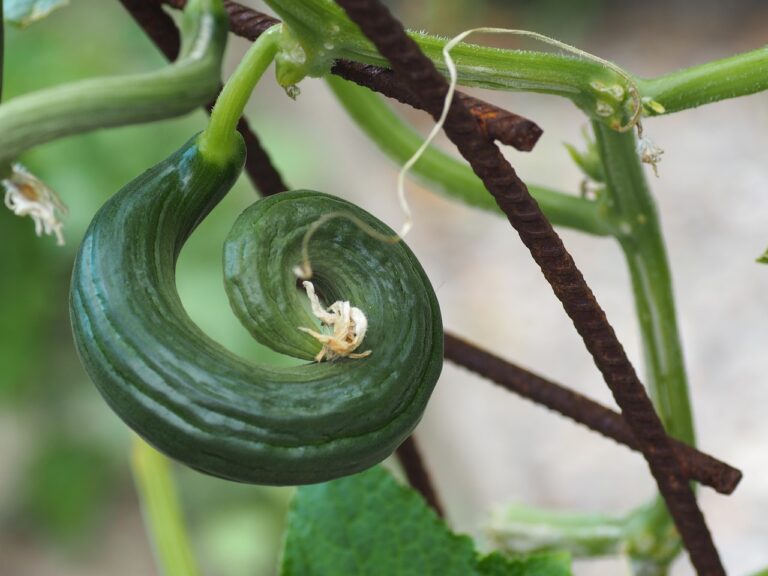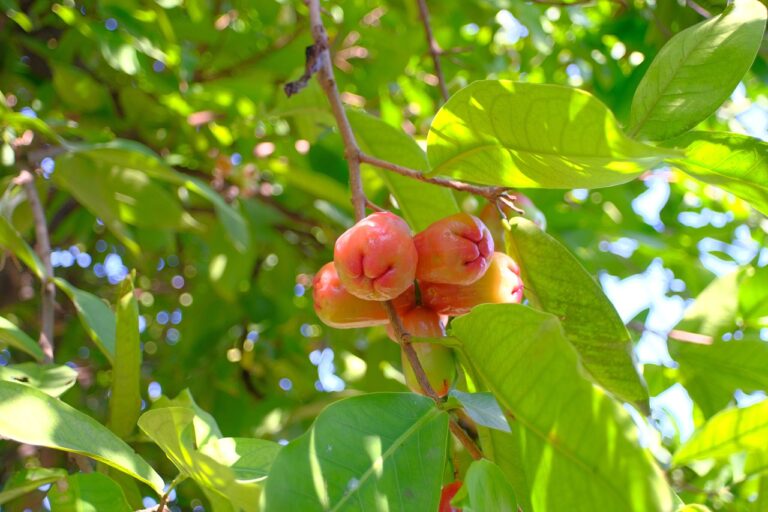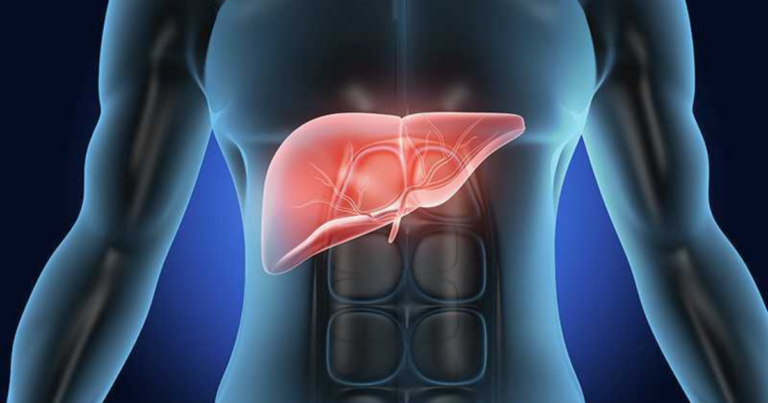Muscular Dystrophy Stem Cell Treatment India: A New Hope for Patients
Muscular Dystrophy (MD) is a group of genetic disorders that leads to progressive weakness and degeneration of skeletal muscles, ultimately affecting mobility, breathing, and overall quality of life. In recent years, Muscular Dystrophy Stem Cell Treatment India has emerged as a promising solution for patients seeking innovative and regenerative therapies. With advancements in medical research and an increasing number of specialized clinics, India is rapidly becoming a hub for stem cell therapy in the treatment of muscular dystrophy.
Understanding Muscular Dystrophy
Muscular Dystrophy encompasses over 30 different genetic diseases, all of which are characterized by muscle weakness and deterioration over time. Some of the most common forms include:
-
Duchenne Muscular Dystrophy (DMD): The most common and severe type, typically affecting boys in early childhood.
-
Becker Muscular Dystrophy (BMD): A milder version of DMD with later onset.
-
Myotonic Dystrophy: The most common adult form, involving muscle weakness and myotonia (delayed relaxation of muscles).
-
Facioscapulohumeral Muscular Dystrophy (FSHD): Affects the muscles of the face, shoulders, and upper arms.
These conditions are often inherited and result from mutations in genes responsible for the structure and functioning of muscle fibers. There is currently no permanent cure for muscular dystrophy, but modern treatments focus on managing symptoms, slowing progression, and improving the quality of life.
The Promise of Stem Cell Therapy
Stem cell therapy has generated significant excitement in the medical community due to its regenerative potential. Stem cells are unique because they can differentiate into various types of cells, including muscle cells, and have the ability to repair damaged tissues.
In the context of muscular dystrophy, stem cell treatment aims to:
-
Promote regeneration of muscle fibers.
-
Reduce inflammation and fibrosis.
-
Improve muscle strength and functionality.
-
Delay or potentially halt the progression of the disease.
This innovative approach doesn’t merely mask the symptoms but targets the underlying degeneration of muscle tissue, offering a real possibility of improvement for patients with MD.
Why India is Becoming a Leading Destination
India has become a prominent destination for Muscular Dystrophy Stem Cell Treatment India due to several key factors:
-
Advanced Medical Infrastructure: India boasts cutting-edge laboratories and medical centers specializing in regenerative medicine and stem cell research. These facilities are often on par with international standards.
-
Skilled Medical Professionals: Indian doctors and scientists in the field of regenerative medicine are internationally recognized for their expertise and innovation.
-
Cost-Effectiveness: One of the biggest advantages of receiving stem cell therapy in India is its affordability. Treatment costs in India are significantly lower than in many Western countries, making it accessible to a broader range of patients.
-
Personalized Treatment Plans: Clinics in India often offer customized treatment plans tailored to the patient’s specific type of muscular dystrophy, overall health, and progression of the disease.
-
Minimal Waiting Time: Unlike in many countries with long waiting lists for experimental or regenerative therapies, India provides relatively quick access to treatment, a crucial factor in progressive conditions like MD.
Types of Stem Cells Used
Stem cell treatments for muscular dystrophy in India typically use one or more of the following types of stem cells:
-
Mesenchymal Stem Cells (MSCs): Derived from bone marrow or adipose tissue, MSCs are the most commonly used due to their anti-inflammatory and regenerative properties.
-
Umbilical Cord-Derived Stem Cells: Harvested from donated umbilical cords, these cells are young, robust, and highly proliferative.
-
Induced Pluripotent Stem Cells (iPSCs): Although more experimental, iPSCs are adult cells reprogrammed to an embryonic-like state, offering the potential for personalized regenerative medicine.
Each case is thoroughly evaluated to determine the most suitable stem cell type and mode of delivery—often through intramuscular or intravenous injection.
Clinical Outcomes and Patient Testimonials
Numerous patients have reported improvements following Muscular Dystrophy Stem Cell Treatment India, including:
-
Enhanced muscle strength and tone.
-
Better mobility and reduced fatigue.
-
Decrease in the rate of disease progression.
-
Improved breathing capacity and cardiac function in some cases.
While stem cell therapy does not offer a guaranteed cure, it has shown the potential to significantly improve the lives of patients suffering from muscular dystrophy, especially when combined with physical therapy, proper nutrition, and supportive care.
Regulatory and Ethical Considerations
India follows regulatory guidelines for the use of stem cell therapies, as laid out by the Indian Council of Medical Research (ICMR) and the Drug Controller General of India (DCGI). Only registered and approved clinics and research institutions are allowed to conduct stem cell treatments.
It is vital for patients to seek treatment from credible centers that follow ethical guidelines, ensure the quality of stem cell processing, and maintain transparency in treatment protocols.
Integrating Rehabilitation and Support
Stem cell therapy is most effective when integrated with a comprehensive rehabilitation program, which may include:
-
Physical Therapy: Helps maintain muscle tone and joint flexibility.
-
Occupational Therapy: Supports daily functioning and independence.
-
Speech and Respiratory Therapy: Essential for patients with advanced muscular involvement.
-
Nutritional Support: Aids in muscle maintenance and general health.
Indian clinics often incorporate multidisciplinary teams to ensure holistic care for MD patients.
Future of Stem Cell Therapy in India
The future looks optimistic for Muscular Dystrophy Stem Cell Treatment India. Ongoing research and clinical trials continue to refine the effectiveness and safety of stem cell applications. Scientists are also exploring gene editing technologies like CRISPR in combination with stem cells to correct the genetic defects causing muscular dystrophy.
Moreover, increased awareness, support from medical organizations, and government interest in promoting biotechnology are expected to further boost India’s position as a leader in regenerative medicine.
Conclusion
For individuals and families battling the devastating effects of muscular dystrophy, the search for hope is often fraught with challenges and unanswered questions. With the advancement of Muscular Dystrophy Stem Cell Treatment India, a new path is emerging—one that offers potential improvement, reduced suffering, and a better quality of life.
India’s combination of medical expertise, innovative technologies, and affordability makes it a viable and attractive option for patients around the world. As stem cell research continues to evolve, the possibilities for treating muscular dystrophy grow stronger, giving patients renewed hope and a reason to fight.







